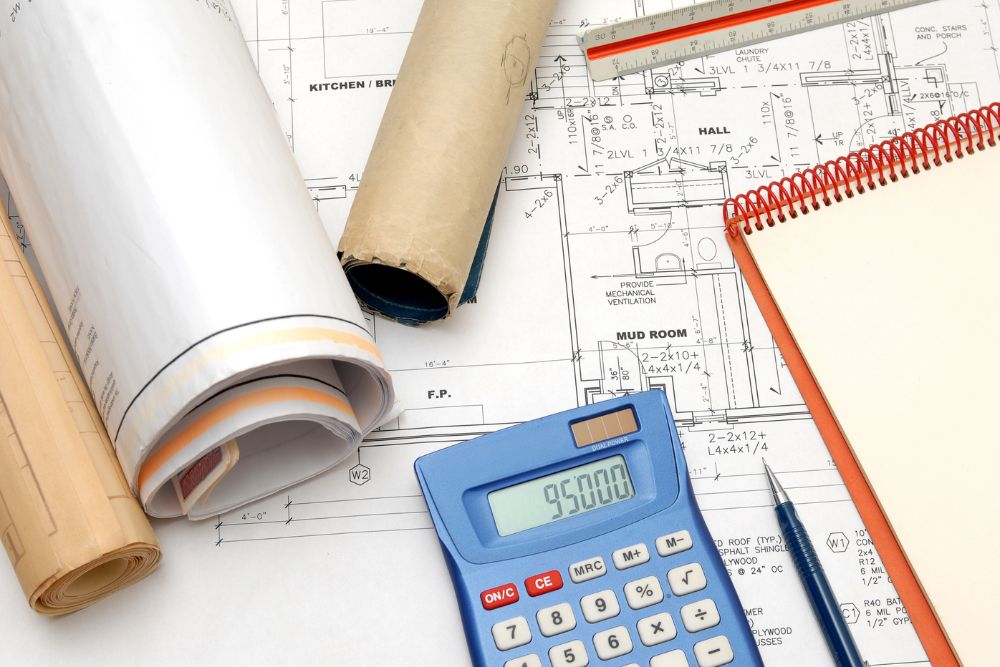In the world of construction, precision is paramount. Whether you’re building a skyscraper, a residential home, or an industrial facility, the key to successful project completion lies in meticulous planning. One of the most crucial aspects of this planning phase is the material takeoff (MTO). In this blog post, we’ll delve into what material takeoff is, why it’s essential, and how it serves as the foundation for accurately determining your project material needs.
What is Material Takeoff?
Material Takeoff (MTO) is the process of listing, quantifying, and estimating the materials required for a construction project. This process is typically carried out during the pre-construction phase and involves extracting detailed information from project blueprints, drawings, and specifications. The primary goal of MTO is to ensure that all necessary materials are accounted for, minimizing waste, reducing costs, and ensuring the project stays on schedule.
Why is Material Takeoff Important?
Cost Estimation: Accurate material takeoff helps in developing a precise project budget. By knowing exactly what materials are needed, you can avoid underestimating or overestimating costs, leading to more efficient financial planning.
Project Scheduling: A well-executed material takeoff ensures that materials are available when needed, preventing delays and keeping the project timeline on track.
Waste Reduction: By accurately determining the quantity of materials required, material takeoff helps minimize waste, contributing to a more sustainable construction process.
Resource Management: Proper MTO allows for better allocation of resources, ensuring that materials are neither over-ordered nor under-ordered.
Steps in Conducting a Material Takeoff
Review Project Plans: Begin by thoroughly reviewing the project blueprints, drawings, and specifications. Understand the scope of the project and the materials that will be needed.
List Required Materials: Create a comprehensive list of all materials required for the project. This includes everything from concrete and steel to nails and screws.
Quantify Materials: Calculate the exact quantity of each material needed. This step involves taking measurements from the project plans and converting them into material quantities.
Apply Material Waste Factors: Consider the potential for material waste and factor this into your calculations. This ensures that you order a sufficient amount of materials without overstocking.
Double-Check and Review: Before finalizing the takeoff, review your calculations and ensure that nothing has been overlooked. A second set of eyes can often catch mistakes that were missed in the initial review.
Tools and Software for Material Takeoff
In today’s digital age, various tools and software are available to streamline the material takeoff process. Programs like AutoCAD, Bluebeam, and PlanSwift are popular choices among construction professionals. These tools allow for greater accuracy and efficiency, reducing the likelihood of human error and speeding up the MTO process.
Conclusion
Material takeoff is a foundational element of construction project planning. It plays a critical role in cost estimation, project scheduling, waste reduction, and resource management. By investing time and effort into a thorough material takeoff, you can set the stage for a successful project that stays on budget and on schedule.




